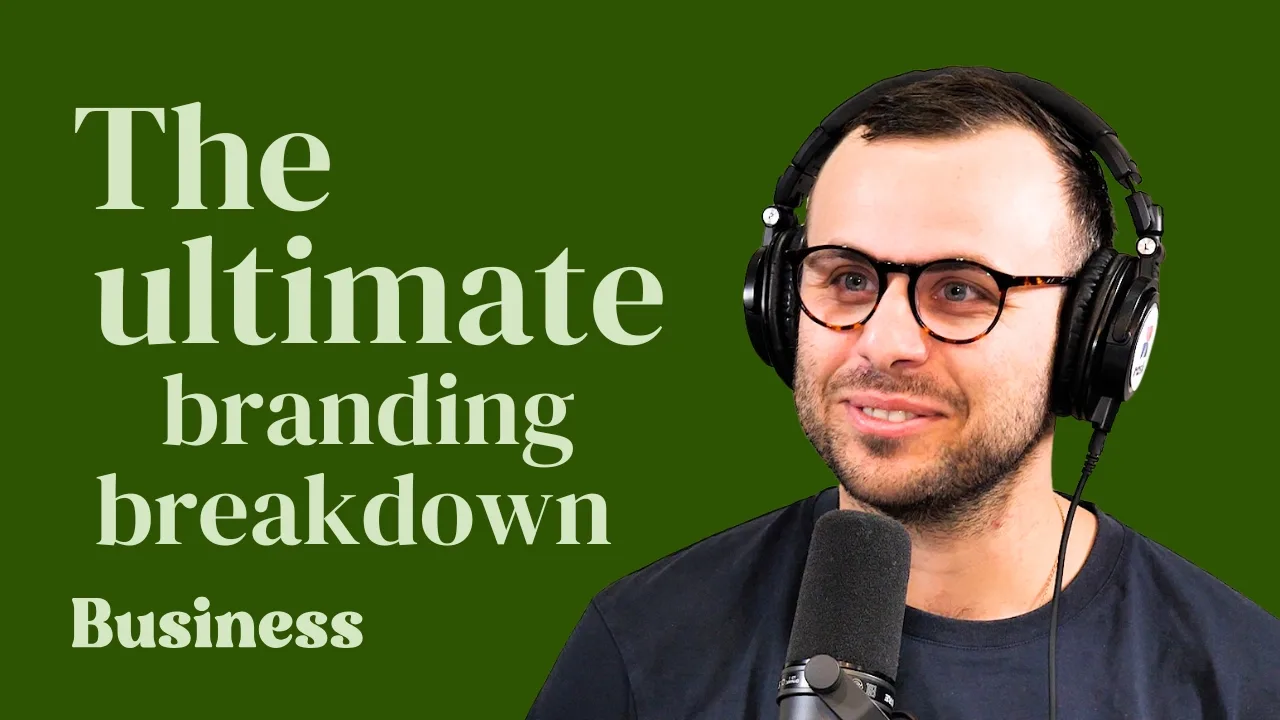If there’s one thing the Australian share market is known for, it’s paying big dividends. Here’s how the VanEck Australian Resources ETF (ASX: MVR) could boost your income.
Growth vs income
Investors and the media love to compare the Australian share market (ASX) to the US share market (S&P500). They’ll often point out that the S&P500 has historically delivered greater returns and is more geared toward growth.
What often gets left out of the discussion is the income component.
See, the US share market is dominated by the big tech companies like Microsoft Corp (NASDAQ: MSFT), Apple Inc (NASDAQ: AAPL) and Amazon.com Inc (NASDAQ: AMZN). On any given day, tech companies might make up more than 30% of the whole S&P500.
This means that the S&P500 is really geared toward the growth that these companies can generate.
The ASX200 looks completely different. If you look at the industry breakdown in Australia, more than 50% of the market share is essentially banks and resource companies. These tend to more commodity-based, cyclical businesses with lower growth prospects.
However, they’re big and stable, and that means they often pay big dividends.
So, the question is are you looking for income or growth? If you’re an older investor looking toward retirement, an investor with a shorter timeframe, or even just an investor with a lower risk tolerance, you may be more inclined to look for the slightly more “stable” income investments rather than growth.
Before we move on, there’s one more important benefit of Australian versus US income investments.
Franked dividends
Franking credits are a uniquely Australian tax credit that are effectively designed to prevent double taxation on dividends.
In simple terms, a company that makes a profit will usually have to pay tax on that profit before it distributes dividends to investors. The current corporate tax rate in Australia is 30%, so let’s imagine that’s what the company has paid.
When they distribute the dividend, you’ll get a franking credit that you can use to lower your own tax liability. It means that if your personal tax rate is less than 30% you could get a rebate on the tax the company paid, or if it’s more than 30% then you will pay some tax, but you basically have a credit for the 30% already paid.
You should speak to an accountant or financial advisor to better understand how franking credits might impact your tax liability.
The MVR ETF
If you’re looking for an income investment the VanEck Australian Resources ETF (ASX: MVR) could be one to consider.
As the name suggests, the MVR ETF focuses on Australian resource companies, investing in 20-30 companies including the likes of BHP Group Ltd (ASX: BHP), Rio Tinto Ltd (ASX: RIO), and Fortescue Metals Group Ltd (ASX: FMG).
It’s a group of well-established blue-chip companies that have been around for decades and most are known to be reliable dividend payers.
Over the last 5 years the MVR ETF has delivered a total return of 10.43% per year but crucially, 4.68% of that is from dividends. Over the last year the ETF has distributed 4.97% in dividends at a franking level of 98%.
Compared to something like the Betashares Australia 200 ETF (ASX: A200) the MVR ETF has historically offered a higher dividend yield and a higher franking level, albeit with a higher management fee of 0.35% per year.
Income investing isn’t for everyone but if dividends and franking credits are more important to you than capital gains and very low management fees than the MVR ETF could be one to consider.


